Nursing Delegation Setting Priorities And Making Patient Care Assignments 2nd Edition – Test Bank
Chapter 3: Effective Communication
MULTIPLE CHOICE
1.A number of trends have been identified that impact communication, especially healthcare communication. Which of the following is not one of these identified trends?
|
a. |
increasing diversity |
|
b. |
aging population |
|
c. |
more nurses |
|
d. |
technology |
ANS: C
A variety of trends have been noted that can impact effective communication in society. These trends can also influence communication in healthcare environments and make it challenging for nurses and other healthcare professionals. Some of these identified trends are: 1) the increasing diversity of the United States; 2) the aging population; 3) technology; and 4) reliance on written communication using electronic data causing a shift from visual, auditory, and kinesthetic modes. Even with these changes in trends, nurses are still required to have keen writing skills to communicate effectively.
PTS:1DIF:Comprehension
TOP: Trends in Society that Affect Communication
2.A written assignment sheet provides a number of different functions that assist the nurse with delegation and patient care functions. Which of the following is not one of these expectations of a written assignment sheet?
|
a. |
transmits information on what care is to be provided by whom per shift |
|
b. |
provides NAPs with a list of patients they are to care for per shift |
|
c. |
provides nurse with a list of patients they are responsible for per shift |
|
d. |
lets the nurse delegate care and responsibility to others |
ANS: D
The written assignment sheet is one method in which nurses can organize and delegate patient care to members of the health care team. Some of the functions and expectations of a written assignment sheet include: 1) transmits information on what care is to be provided by whom per shift; 2) provides NAPs with a list of patients they are to care for per shift; and 3) provides nurses with a list of patients they are responsible for per shift. While the registered nurse does use the written assignment sheet to delegate and assign care, the responsibility for care ultimately remains with the nurse, as NAPs can provide care, but cannot assume full responsibility for patient care.
PTS: 1 DIF: Analysis TOP: Elements of the Communication Process
3. Three questions have been identified that can assist nurses in seeking effective communication. Which of the following is not one of these three questions?
|
a. |
Was the communication received and the message met with agreement? |
|
b. |
Was there a sender and receiver for the communication? |
|
c. |
Was the communication received? |
|
d. |
Did the communication change behavior and result in the intended outcome? |
ANS: A
Three key questions have been noted to assist nurses in enhancing effective communication. These three questions are: 1) Was there a sender and receiver for the communication?; 2) Was the communication received? (not necessarily whether the message was agreed with or not); and 3) Did the communication change behavior and result in the intended outcome?
PTS: 1 DIF: Application TOP: Communication Skills and Delegation
4.A number of important skills pertaining to communication have been defined to assist nurses with effective communication. Which of the following is not one of these important identified skills?
|
a. |
attending |
|
b. |
responding |
|
c. |
commenting |
|
d. |
clarifying |
ANS: C
Four key communication skills have been noted to assist nurses with facilitating effective communication. These most important skills are: 1) attending; 2) responding; 3) clarifying; and 4) confronting.
PTS: 1 DIF: Comprehension TOP: Communication Skills
5.The communication skill that involves active listening is called __________.
|
a. |
responding |
|
b. |
clarifying |
|
c. |
commenting |
|
d. |
attending |
ANS: D
Four important skills that impact effective communication for nurses are attending, responding, clarifying, and confronting. The skill of attending requires active listening, and that the nurse pay close attention to what is being communicated verbally and nonverbally.
PTS: 1 DIF: Knowledge TOP: Attending
6. Which skill emphasizes that communication becomes clear through the use of techniques such as restating and questioning?
|
a. |
clarifying |
|
b. |
confronting |
|
c. |
commenting |
|
d. |
attending |
ANS: A
The communication skill of clarifying involves techniques to ensure that the communication message was clear and received correctly. Clarifying involves the use of restating and questioning which can be used in responding as well as clarifying the content of the message.
PTS: 1 DIF: Knowledge TOP: Clarifying
7.Verbal and nonverbal acknowledgments of the sender’s message pertain specifically to which of the following communication skills?
|
a. |
attending |
|
b. |
responding |
|
c. |
commenting |
|
d. |
clarifying |
ANS: B
The communication skill of responding pertains to the acknowledgment of the sender’s message. This acknowledgment may be done verbally, nonverbally, or through a combination of both such as nodding one’s head and stating a verbal affirmation that the message has been received.
PTS: 1 DIF: Comprehension TOP: Responding
8.Wiseman (2004) noted four principles pertaining to luck in his book The Luck Factor: The Four Essential Principles. Which of the following is not one of these factors?
|
a. |
Lucky people create, manifest, and act on chance opportunities in their life. |
|
b. |
Lucky people make successful decisions by using their intuition and gut feeling. |
|
c. |
Lucky people’s expectations about the future help them fulfill their dreams and ambitions. |
|
d. |
Lucky people are able to transform their bad luck into good fortune. |
ANS: A
Wiseman’s (2004) The Luck Factor: The Four Essential Principles noted four key elements that pertain to luck and some individual’s perception of how luck can influence their life and careers. These four principles are: 1) lucky people create, notice, and act on chance opportunities in their life (not manifest); 2) lucky people make successful decisions by using their intuition and gut feeling; 3) lucky people’s expectations about the future help them fulfill their dreams and ambitions; and 4) lucky people are able to transform their bad luck into good fortune.
PTS:1DIF:Comprehension
TOP:The Professional Role of the Nurse
9.An internal locus of control is __________.
|
a. |
believing that luck or fate determines what will happen |
|
b. |
geared toward goal setting, taking control of one’s life, and not requiring assistance for decision making |
|
c. |
focusing mainly on day-to-day events |
|
d. |
focusing mainly on future events and preparing diligently for a potential problem |
ANS: B
Locus of control pertains to one’s perception of environmental control or influence over the environment. An individual with an internal locus of control is geared toward goal setting, taking control of one’s life, and not requiring assistance for decision making. Individuals with an external locus of control may wait for others or believe that luck or fate determine what will happen. Time orientation also contributes to how an individual or group behaves in a given situation. Individuals with a present-oriented culture focus mainly on day-to-day events. Individuals with a future-oriented culture focus mainly on future events and prepare diligently for a potential problem, whereas past-oriented cultures focus primarily on their tradition and the maintenance of that tradition.
PTS: 1 DIF: Comprehension TOP: Environmental Control
10.Which of the following is not one of the values, behaviors, or attributes exhibited by a “professional” according to Flexner (1915)?
|
a. |
intellectual activities |
|
b. |
activities based on knowledge |
|
c. |
techniques are new |
|
d. |
altruism motivates work |
ANS: C
A number of authors have defined characteristics that describe a “professional.” Flexner (1915) identified seven characteristics of a professional which are: 1) intellectual activities; 2) activities based on knowledge; 3) techniques are teachable (not necessarily new); 4) altruism motivates the work; 5) activities can be learned; 6) activities must be practical; and 7) a strong organization exists.
PTS: 1 DIF: Application TOP: The Professional Role of the Nurse

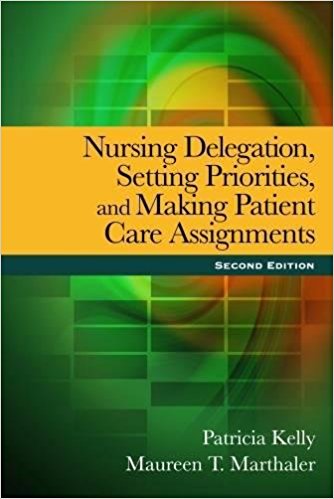
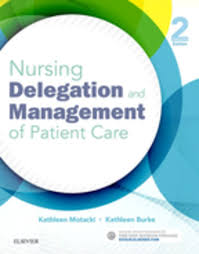
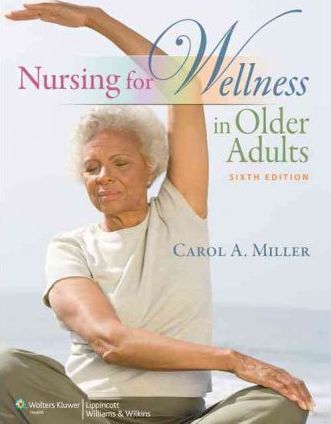





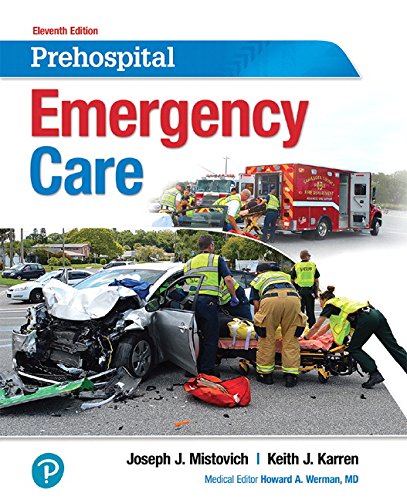



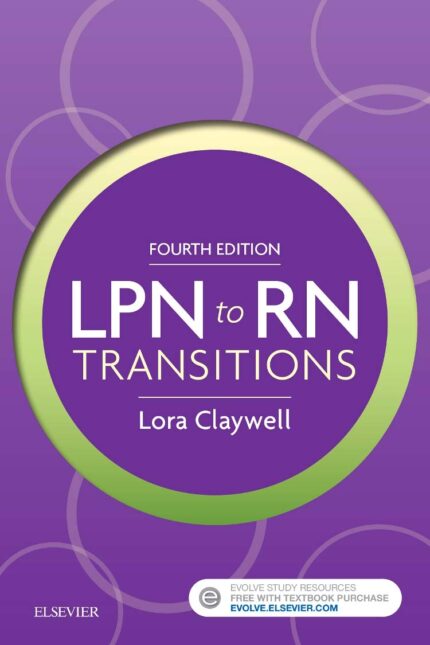
Reviews
There are no reviews yet.